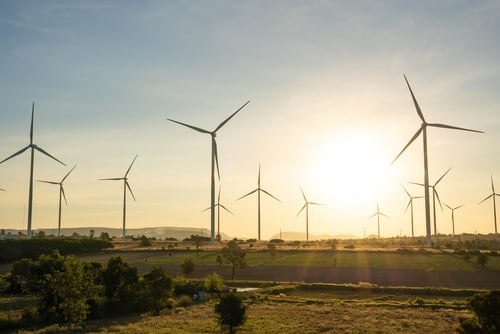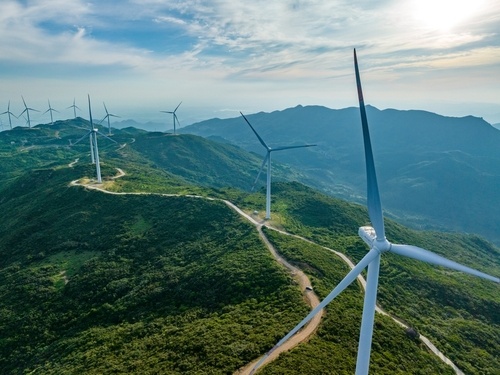Energy Focus: Winter 2022-23 Outlook
Our latest market update video provides the energy outlook as we approach the close of 2022 and into 2023.
Tridents Energy Risk Manager, Alexandra Mottershead, talks through and highlights the key price drivers within the different energy markets. Read the full video transcript below.
What should customers do?
Adopting a long-term, flexible strategy remains the best tool to reduce the risk of purchasing at, or near to, market highs.
For larger energy users, this can be achieved with a flexible energy contract and comprehensive risk management strategy. For consumers who cannot access stand-alone flexible contracts, Trident’s framework solutions provide a facility for purchasing energy flexibly with multiple strategy options for varying risk appetites.
For any customers currently on default or variable rates, we would encourage you to agree a fixed contract ASAP to ensure you receive the maximum benefit from the governments business energy support package this winter. For flexible customers with unhedged volume, we would suggest looking to increase coverage for periods trading below the government maximum benefit levels. We expect an update on government support beyond March 2023 early in the new year.
We previously discussed the risk of suppliers being unable to price fixed contracts due to extreme market conditions. We expect markets to remain volatile, and illiquid, in the coming months and so we urge customers with fixed contracts to go to market well in advance of the renewal date.
That brings us to a close on this update. If you have any questions please feel free to contact us. You can also find the latest energy market commentary from our experts on the Trident Utilities website and social media platforms. Call our experts today on 0345 634 9500 or email enquiries@tridentutilities.co.uk
Latest news
ESOS: Why the Environmental Agency penalises businesses
This blog explores some of the reasons why companies fall short and provide practical advice on how to avoid these pitfalls.
ESOS Action Plans: What do they include?
Starting from the third compliance period, the Energy Savings Opportunities Scheme (ESOS) introduced additional reporting requirements. After submitting your compliance notification, you must produce...
6 Key Energy Trends to Watch in 2025
The energy world is changing fast, and 2025 is shaping up to be another big year. Whether you’re a business leader, investor, or just someone keeping an eye on where the industry is headed, staying...
See how much we could save you
Please call our team on 0345 634 9500 or email us at info@tridentutilities.co.uk.






